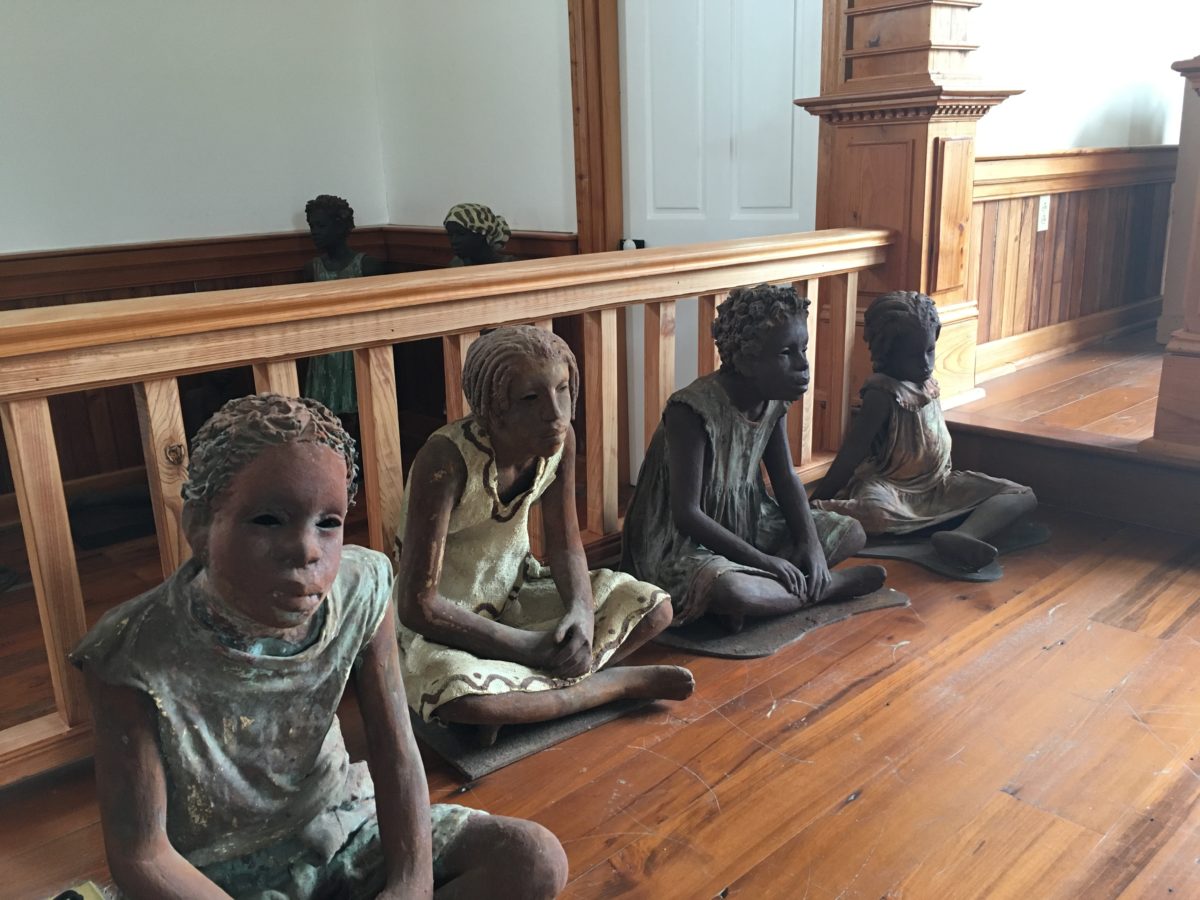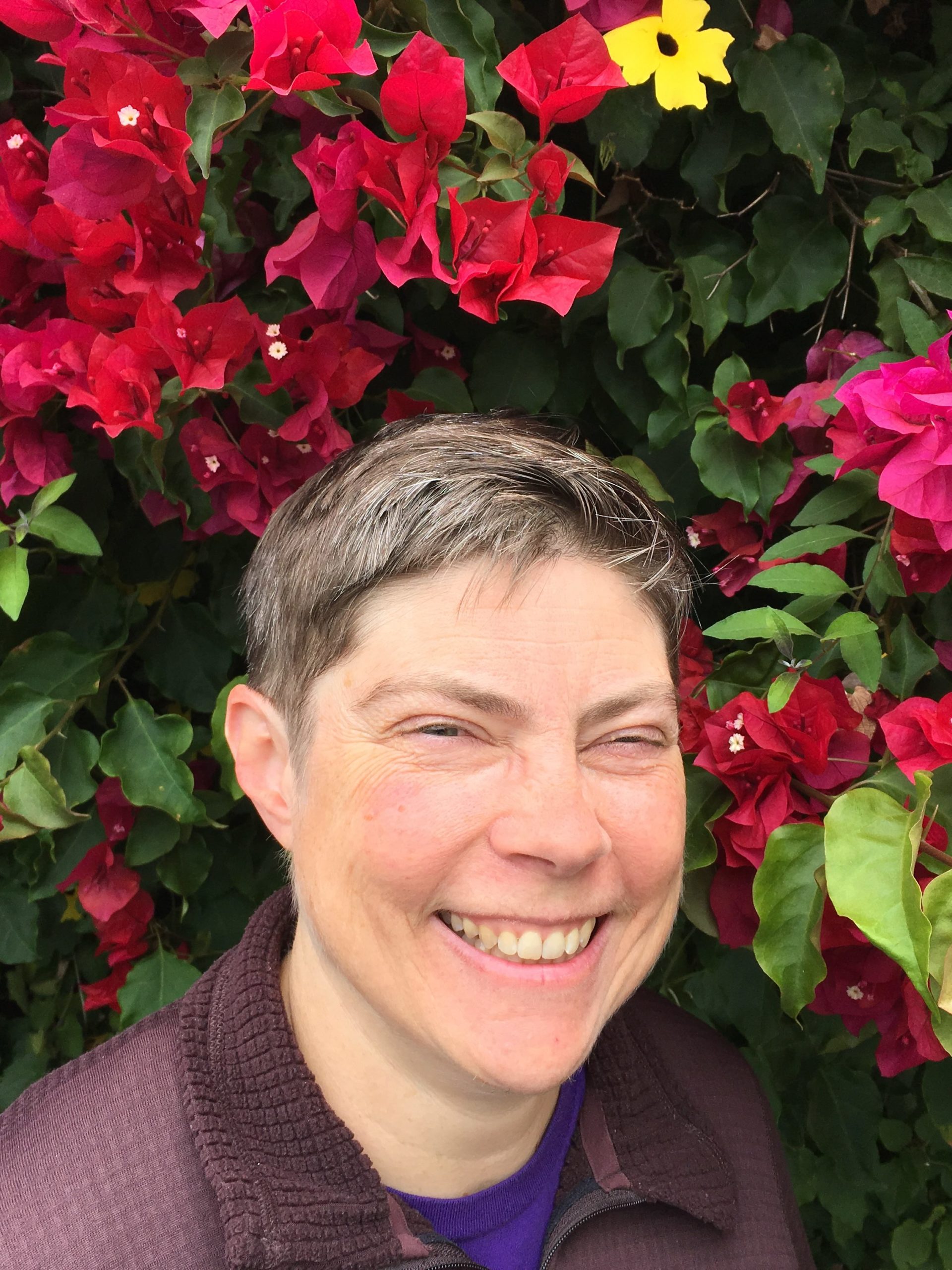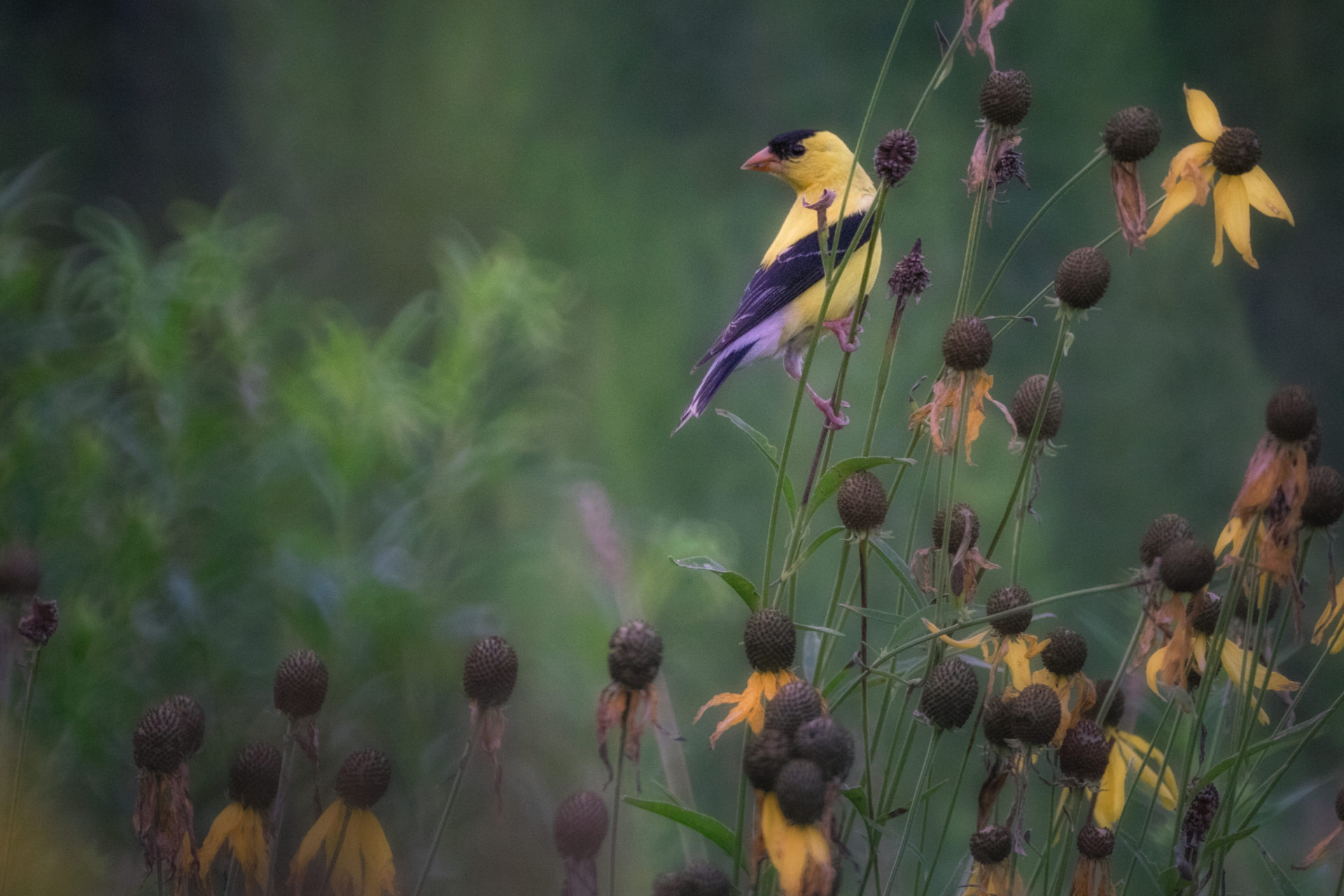By AJ Johnston

“With understanding and compassion, you will be able to heal the wounds in your heart, and the wounds in the world. Embrace your suffering, and let it reveal to you the way to peace.” – Thich Nhat Hanh, The Heart of the Buddha’s Teaching
My ancestral roots in the United States date to the early 1600s,
By AJ Johnston

“With understanding and compassion, you will be able to heal the wounds in your heart, and the wounds in the world. Embrace your suffering, and let it reveal to you the way to peace.” – Thich Nhat Hanh, The Heart of the Buddha’s Teaching
My ancestral roots in the United States date to the early 1600s, when British sailors made their way into the Chesapeake Bay and occupied what is now Southeastern Virginia. For most of my life, I never wondered whether my ancestors participated in chattel slavery. About five years ago that changed, and I walked into the courthouse in Accomack Country, Virginia, near where I was living, to look at my ancestors’ antebellum wills. Heavy and unwieldy bound volumes were stacked from floor to ceiling in the courthouse basement. It was there I read in elegantly formed script letters, “I give unto my daughter Tabitha my negro girl Rosey.” I felt a raft of emotions course through me: grief, guilt, shame, horror, and betrayal that my elders never told me. But I wasn’t surprised either. It was a confirmation of something I already knew in my bones, but I also didn’t want to know it. I felt that the reality of this history made me unlovable and unworthy of love.
Although my Virginia ancestors were not connected to large plantations, I couldn’t help but think of them during our Roots Retreat visit to the Whitney Plantation near New Orleans. The Whitney operated as a large sugar cane plantation on the banks of the Mississippi River, but is now dedicated to telling the story of slavery.
WELCOMING STRONG EMOTIONS
There is something powerful about learning history in situ. Walking mindfully on the earth, I felt I could touch the lives of those who had walked on this soil before me, both oppressed and oppressor. I imagined the everyday lives of people working in the fields: cutting sugar cane in summer’s sweltering heat, aching human backs, course cotton clothes stained with sweat and blood. The rough cane stalks cut into people’s hands, sometimes making them bleed. In the mild breeze, I could imagine the cries of those who suffered. In the mighty waters of the Mississippi River, I could imagine the stream of people who had come before me and the stream of people who will come after me. I felt compassion for the people who were mistreated. It felt harder to find compassion for those who inflicted violence—overseers, for example. It was difficult to find compassion for large landholders, slave ship builders, and northern financiers who kept greasing slavery’s economic wheels.
How does one practice with the knowledge that one’s ancestors inflicted pain and sometimes death on others?
On the day of our Whitney Plantation tour, I practiced with strong emotions. There was grief, anger, despair, and numbing out. A persistent and uncomfortable feeling was anxiety. I wanted to distract myself, push away this discomfort. I had to reach to remember mindfulness! I would stop walking, stop listening to the guide talk, and come home to my breath and body and feelings. Staying with the unpleasant feeling, I used the teaching of welcoming strong emotions. That welcome, that acceptance, shifted the energy, and I was able to not feel overwhelmed. I reminded myself that I’m more than just my anxiety. And, however uncomfortable this moment is, there will be a moment when my anxiety will dissolve.
My anxiety was compounded with a fear that it would lead to unskillful words or actions. And I believe it did. During one of our daily group check-ins, Lyn Fine led us in the practice of Beginning Anew: “flower watering” to share our appreciation for others, and offering beneficial regrets about our unskillful actions.(1) I found it powerful to name my anxiety to the group and to own that my pain had spilled out and hurt others. After offering my regrets, I was able to feel peace in myself. I believe that owning our missteps in community is one of the most powerful ways to cultivate peace.
INTERBEING WITH ANCESTORS
When the shame I feel from personal and societal histories of slavery wells up inside me, I call to mind a story that I’ve heard Thay tell many times. It is the story of a US war veteran confessing the unworthiness and anguish he felt after killing five children. Thay’s response was, “Yes, it is true that you killed five children, but you can save five children today.” Thay’s response didn’t deny the truth; in fact, it restated the truth. For reconciliation and healing, I have to name the truth, even if I fear the consequences of that telling. I don’t have to be paralyzed by the misdeeds of my ancestors (or by my own). I have found it helpful to carry this story with me to remind me that there are ways out of suffering. I see that the path of healing includes telling my story, opening myself to being vulnerable. Facing history is an integral part of healing myself and dismantling contemporary racism.
I also practice with the practice of touching my ancestors. I see that my ancestors passed on unwholesome seeds—seeds of fear and mistrust, seeds of seeing myself and other people of Northern European ancestry as superior to people of color, seeds of grasping, ensuring my own security at the expense of others. How are these unwholesome seeds manifesting today? I may think that I am free of bias with regard to skin color, but if I pay attention, I see that isn’t true. With mindfulness, I am more able to see my assumptions that are erroneous or prejudicial. When I do catch myself, I try to be gentle, reminding myself that these ideas related to skin tone—ideas about who people are and aren’t—come from centuries of conditioning.
I remember that my ancestors had good qualities. In the Virginia courthouse that day, I found the will of another ancestor. In it, he offered freedom to an enslaved person. I wondered what was going on in his heart that allowed him to offer freedom. Did he talk about his decision with his family? With the person he freed? What was their relationship like? I try to use my imagination to picture people’s day-to-day lives during slavery. When I use my imagination, I feel that I’m honoring those who lived in those times.
I also practice with seeing the interbeing nature of all humanity. The suffering of one is the suffering of many. My liberation is linked to the liberation of others. As long as black men are being killed by police without consequences, none of us is safe and happy. I live in a nation that espouses life, liberty, and the pursuit of happiness. These are Buddhist ideas too!
One of the most transformative parts of the Roots Retreat, for me, was to travel with practitioners from different ethnicities, folks who are passionate about healing racism. Together we ate, prepared food, washed dishes, meditated, cried, laughed, and goofed off. We did human things together. We bore witness to one another’s pain, sadness, grief, anger, and shame. And we never lost sight of the potential for healing, resilience, love, laughter, and beloved community.
1 To learn more about the practice of Beginning Anew, visit mindfulnessbell.org/be-mindful-in-daily-life.

AJ Johnston, True Precious Joy, began practicing in the Plum Village tradition in 1996 with Open Way Sangha in Missoula, Montana. In 2009, she helped start the Salt Marsh Sangha on the Eastern Shore of Virginia. Last fall she moved to Berkeley, California, where she is active with the Mindful Peacebuilding community and Sangha.

